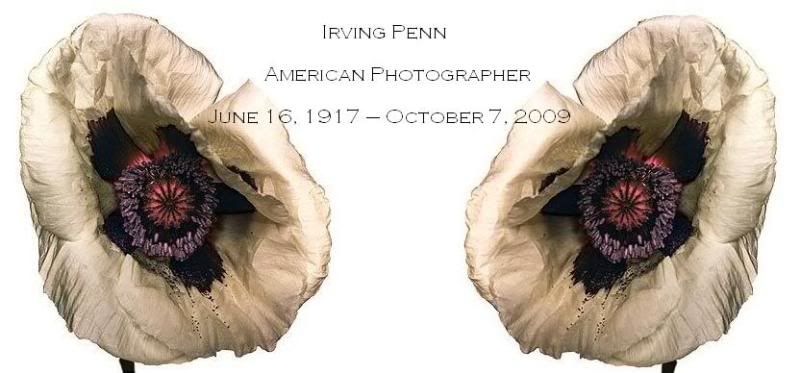
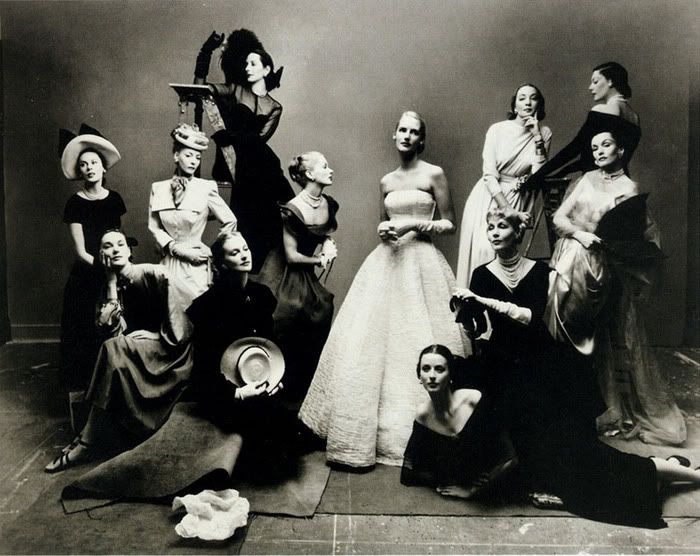
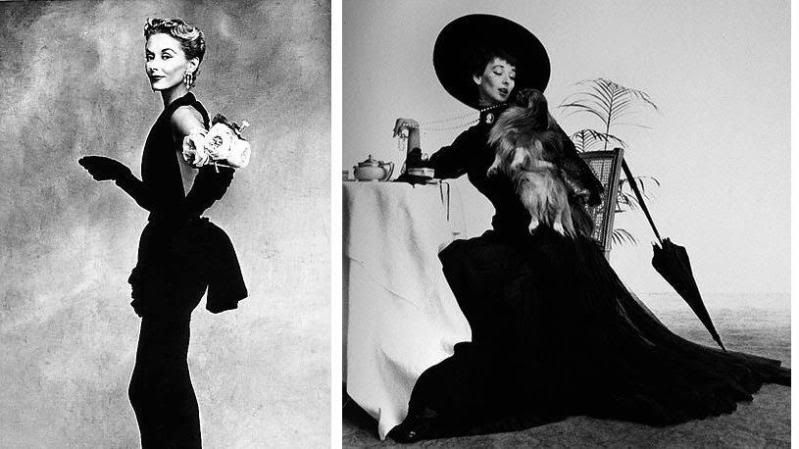
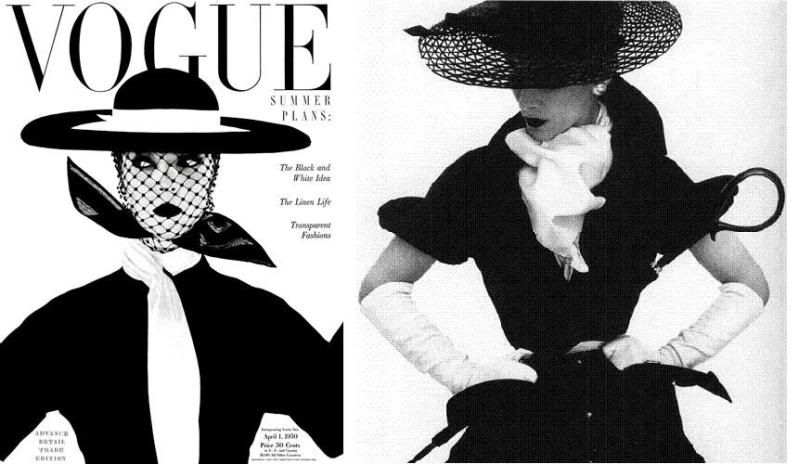
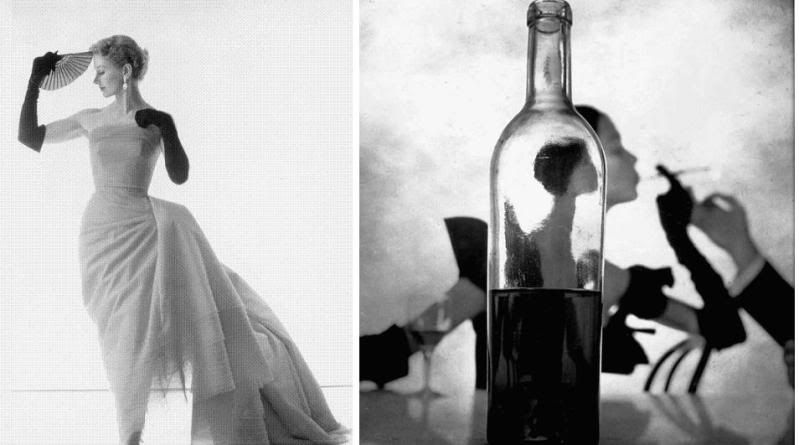 Irving Penn, the master photographer whose fashion images in Vogue magazine for more than six decades bridged the gap between commercial photography and fine art, died Wednesday morning. He was 92.
Irving Penn, the master photographer whose fashion images in Vogue magazine for more than six decades bridged the gap between commercial photography and fine art, died Wednesday morning. He was 92.Beginning in 1943, Penn had a long career with Vogue, where he shot more than 150 covers, more than any other single photographer, and was consistently showcased in the magazine’s pages. “In my career, I have met no one else who worked with the level of imaginative intensity and economy of Irving Penn,” said Vogue editor in chief Anna Wintour.
Penn and Richard Avedon were generally regarded as the two dominant fashion photographers of the mid-20th century, but their approaches were as different as their personalities. Avedon, who died in 2004, was almost as visible in front of the lens as behind it. His work, a longtime staple of Harper’s Bazaar, swirled with movement and vigor. Penn, shy to the point of reclusiveness, made pictures that were more cerebral. They reflected his early training as a painter. He related well to the architectural designs of Balenciaga and Issey Miyake.
One of his favorite subjects was his wife, a leading fashion model of the Forties and Fifties who appeared in some of Penn’s most widely reproduced pictures. They were married in 1950 and remained together until her death in 1992.
He was acclaimed not only for the pictures he made, but also for the process by which he made them. In 1964, unhappy with the way his pictures looked in the magazine, he began printing his new work and reprinting his older negatives in a difficult, expensive and esoteric process called platinum-palladium. It was a technique that had been used early in the 20th century by Alfred Stieglitz and Edward Steichen. By printing multiple images of the same negative on fine paper that he prepared himself, Penn was able to achieve a startling degree of control over his images, to give them warmth and character and tone that slipped the bonds of commercialism to attain the status of art. He was one of the century’s master printers.
Vogue in 1950 sent Penn to Paris for the first time to shoot the fall couture collections. Penn did not take runway pictures. In search of a setting with natural light, he found space in a former photography school. It was a seventh-floor walk-up, and the windows were covered with dust. It was perfect. The dust diffused the light, giving the scene a romantic fragility that served to accentuate the bold lines of the Paris gowns.
The apparel industry formally recognized Penn in 2004, when he was given the Eleanor Lambert Award by the Council of Fashion Designers of America. In 1958, he was named one of “The World’s 10 Greatest Photographers” by Popular Photography magazine.
“I am a professional photographer,” he said, “because it is the best way I know to earn the money I require to take care of my wife and children.”
all parts are taken from wwd.com. you can check the whole piece here
sources: wwd.com, photobucket, google




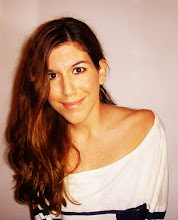
wonderful....sublime
ReplyDeletebeautiful choice of images, may he rest in peace.
ReplyDeleteteleio post! he will be missed!!!!!
ReplyDelete